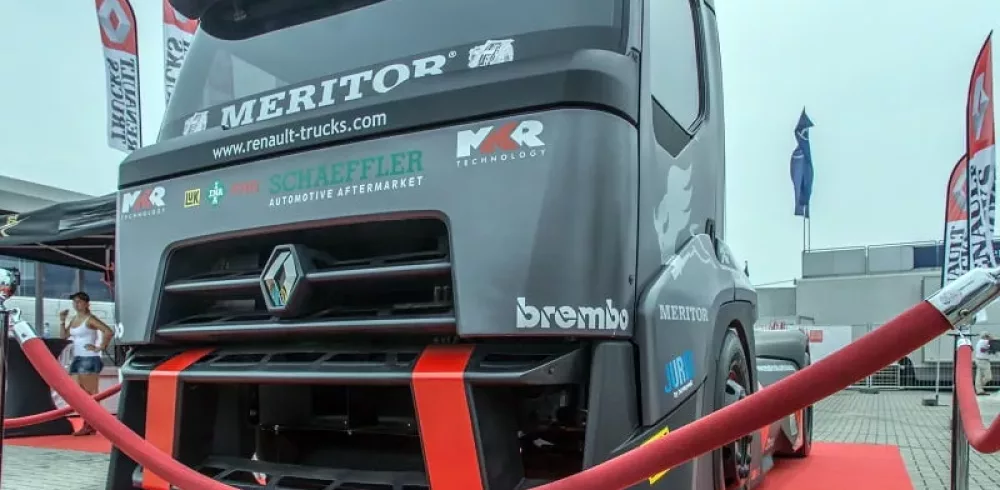Renault Trucks has introduced the Urban Lab 2, which is a distribution concept vehicle. The vehicle was shown at the last Pollutec which was located at the Eurexpo exhibition centre in Lyon until December 2nd 2016.
The vehicle was designed in collaboration with six partners as part of the Efficient Distribution Truck project. The new Urban Lab vehicle combines new technology in aerodynamics as well as hybridization of the engine, tyres and vehicle infrastructure communication. This could lead to a potential fuel savings of up to 13%.
The Optifuel Lab 1 and 2 were the predecessors to the Urban Lab 2. Previous models before the development of the Urban Lab 2 were experimental and dedicated to the research and development of long distance transport. Now, the Urban Lab 2 was created using a 19-tonne Renault Trucks D WIDE Euro-6. The Urban Lab 2 target the urban and regional distribution sector.
The project was financed by the Single Inter-Ministry Fund. This funding included the Auvergne Rhône-Alpes Region, Métropole de Lyon, Ain Department Council as well as the FEDER. The six partners that were part of the design of the new vehicle were Valeo, Michelin, Lamberet, BeNomad, INSA Lyon, and IFSTTAR. The truck was originally shown as a model at the !AA 2014 in Hannover.
The aim of this project is to offer an accessible form of innovation that focuses on four key areas by 2020. Those four areas are Aerodynamics, driveline, connectivity and tyres.
The engineers that worked on the project attempted to reduce the Urban Lab 2âs drag by working on the airflow through the vehicle. Reducing the drag will also reduce the fuel consumption for the vehicle. In order to further reduce fuel consumption, the URBAN Lab 2 also has a combination of Stop&Start with micro-hybrid technology. Through the further use of connectivity and tyres, the vehicle will have a reduced fuel consumption.
Manufacturing & Engineering Magazine | The Home of Manufacturing Industry News








